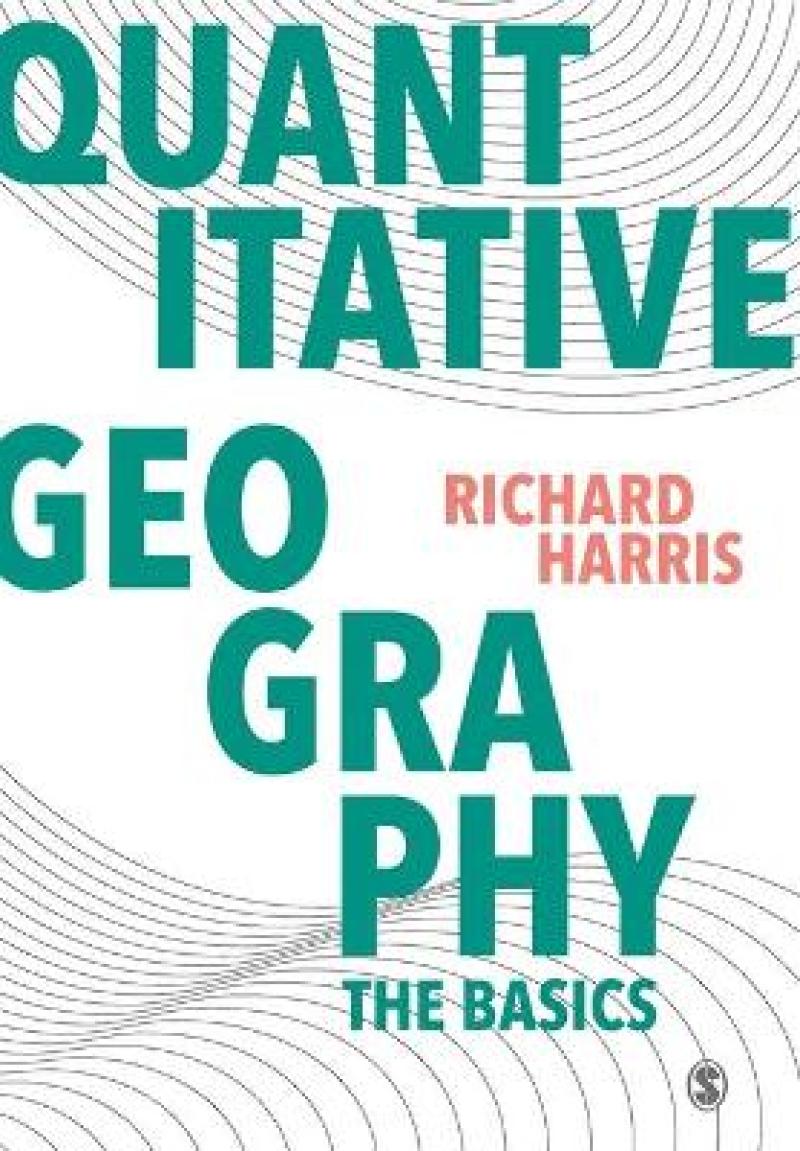′Quantitative Geography: The Basics′ delivers exactly what the title promises. An engaging overview of the field that makes a strong case that all geographers can and should be exposed to statistical methods, if they are to fully engage with the contemporary discipline, and to participate effectively in wider, number-saturated, public debates.<br />
- David O′Sullivan,
<p>I like the pitch of this book because the reader is encouraged to think and use common sense when looking at statistical outputs and to be critical but not negative for the sake of it. Technical terms are explained, often with an analogy. Graphical presentation is covered in detail with examples of different ways of illustrating the same outputs so it is clear why choices help or hinder interpretation. Particular highlights are that using pie charts is a really bad idea and that the author has used parkrun data. However, as a founder and run director at Skipton parkrun, I must declare that my opinion is biased!</p>
- Paul Norman,
<p>I very much like the idea of this book. As a quantitative-based lecturer in a school of geography I struggle to find texts on statistics that will hold students′ interests as they often crave geography-motivated examples. It is useful to have access to a statistics text that explicitly focuses on quantitative geography. The content is laid out in a straightforward manner and is not overly mathematical. I would be happy to suggest the text to my students.</p>
- Daniel Goldberg,
<p>This is an important book. Rich Harris makes a compelling case for why fluency with data, its collection, analysis and interpretation, is essential for geographers and geography today. The text provides a platform that encourages students to engage with ideas about data - relevant for all students whether interested in social, cultural or, economic geography, or hydrology, geomorphology or biogeography. This is a valuable addition to any introductory undergraduate geography reading list.</p>
- Catherine Souch,
A remarkably pedagogic and perfectly illustrated quantitative geography manual that will delight students of all levels as much as their teachers
- Thierry Feuillet,
Quantitative Geography: The Basics is the perfect introduction for undergraduates beginning any quantitative methods course. Written in short, user-friendly chapters with full-colour diagrams, the book guides the reader through a wide range of topics from the basic to the more advanced, including:
- Statistics
- Maths
- Graphics
- Models
- Mapping and GIS
- R
